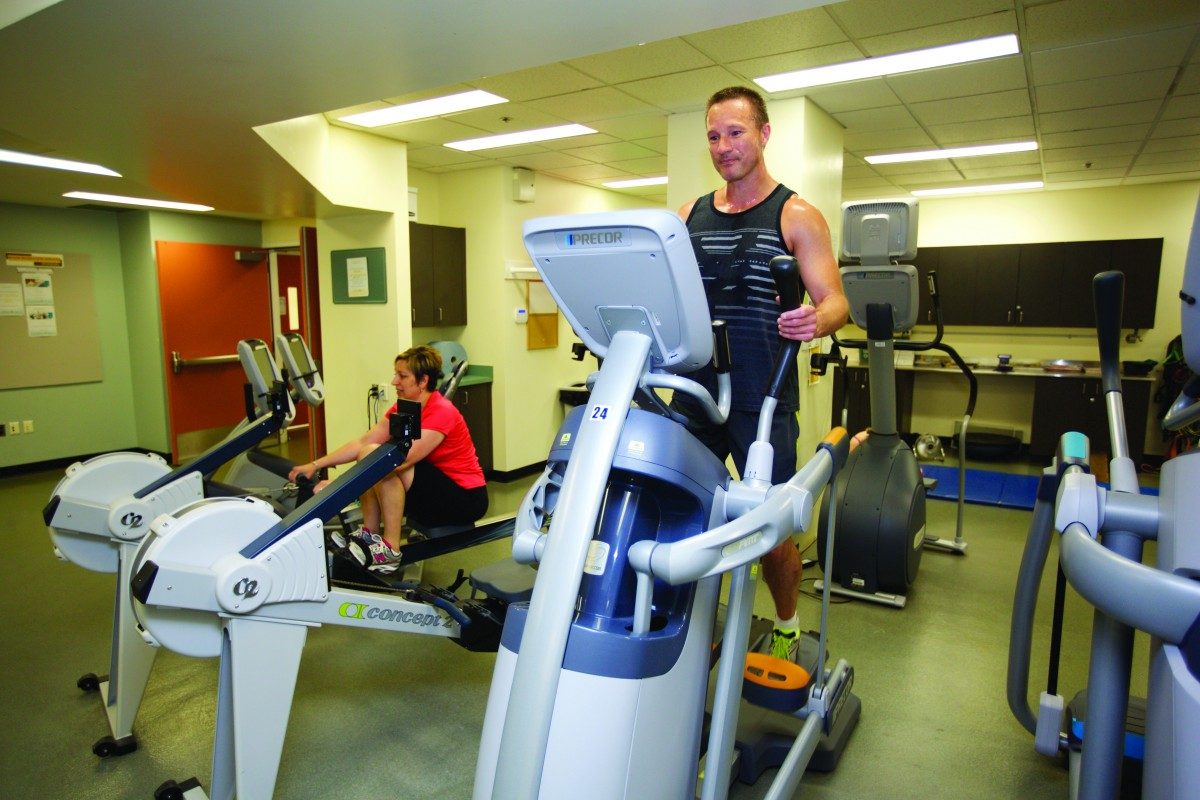
Cardiovascular & respiratory regulation during exercise: How does the body know how much blood flow & O2 is needed?
How does exercise impact our cardiovascular and respiratory systems? Exercise physiologist Rodrigo Villar sheds light on this topic at next installment of the Health, Leisure, and Human Performance Research Institute’s Research Seminar Series.
What: Cardiovascular & respiratory regulation during exercise: How does the body know how much blood flow & oxygen is needed?
Who: Rodrigo Villar, PhD, Assistant Professor, Faculty of Kinesiology and Recreation Management, U of M
Where/When: Thursday, Jan. 24, 2:30 p.m. 220 ALC Boardroom
The human body is constantly exposed to physiological challenges (i.e., activities of daily living, exercise, sports) that require rapid metabolic, cardiovascular, and respiratory adaptations to ensure an adequate match between physiological demand and supply. The appropriate responses are vital for the adequate function of the body and determined by a complex interaction between muscular demand, cardiovascular, and ventilatory responses. Therefore, the integrity of cardiovascular, respiratory and muscular systems is crucial for health and quality of life.
Impaired responses to these physiological challenges make the execution of daily activities more difficult and overtime, cause a deleterious impact on health.
It’s widely recognized that exercise plays an important role in health preventing and counteracting processes that can contribute to chronic diseases. Despite the evident benefits of exercise, there is still a gap in the knowledge of the underlying mechanisms involved in the cardiovascular and respiratory regulation during exercise in healthy and unhealthy populations.
The understanding of these regulatory mechanisms is crucial for the determination of healthy responses to exercise and early detection of impairments in physiological responses which can further guide targeted intervention strategies to improve health outcomes (i.e, reduce disability, morbidity, and mortality).






